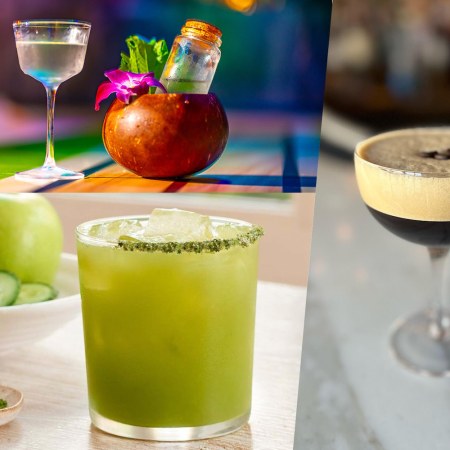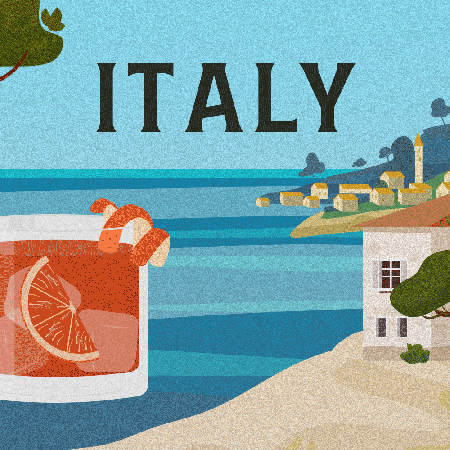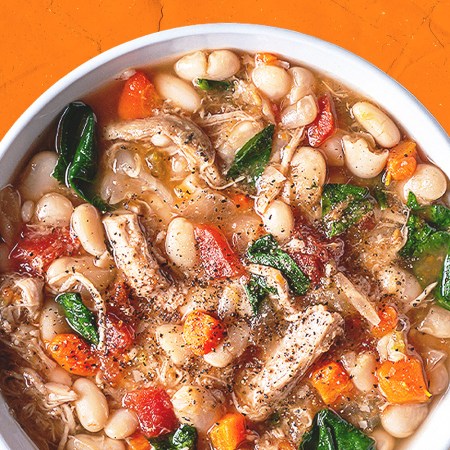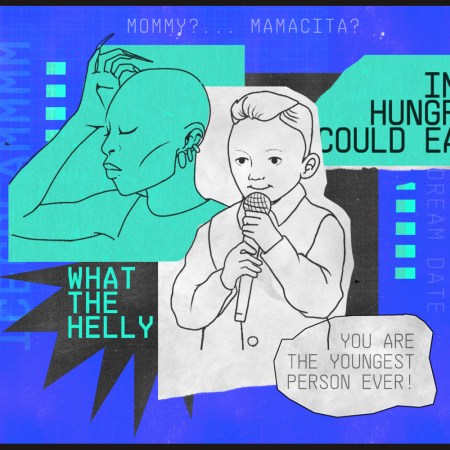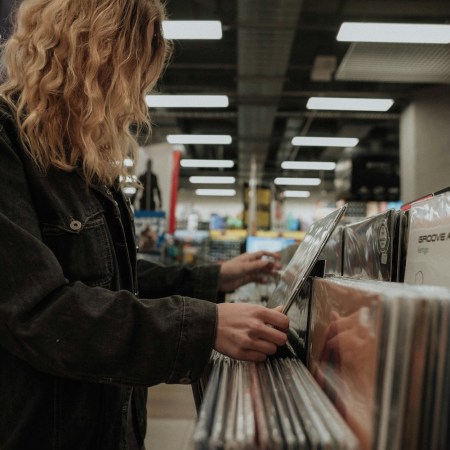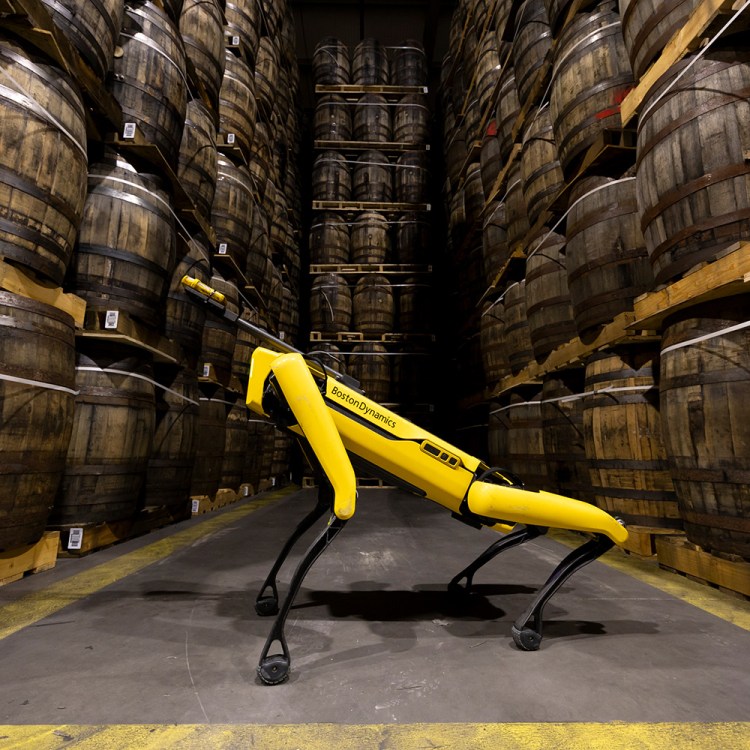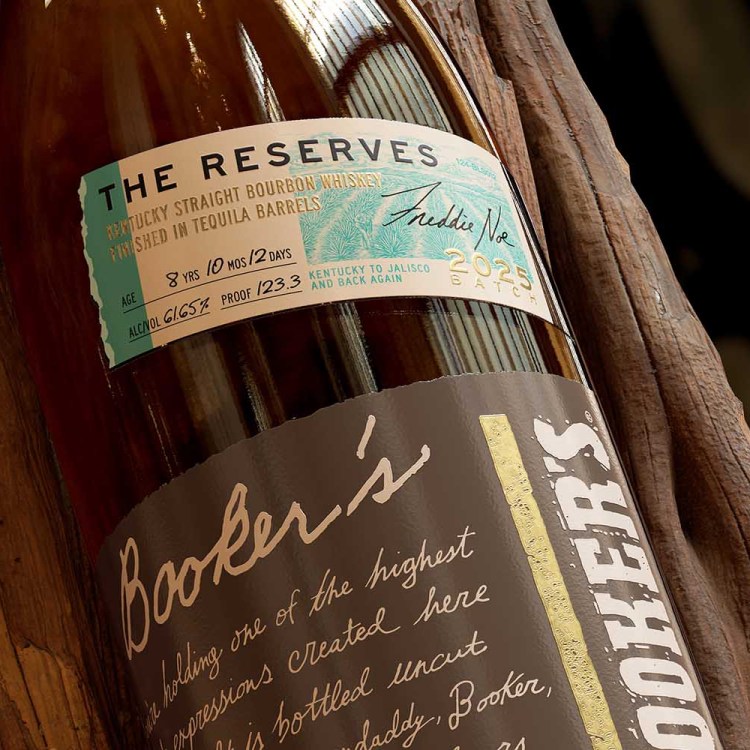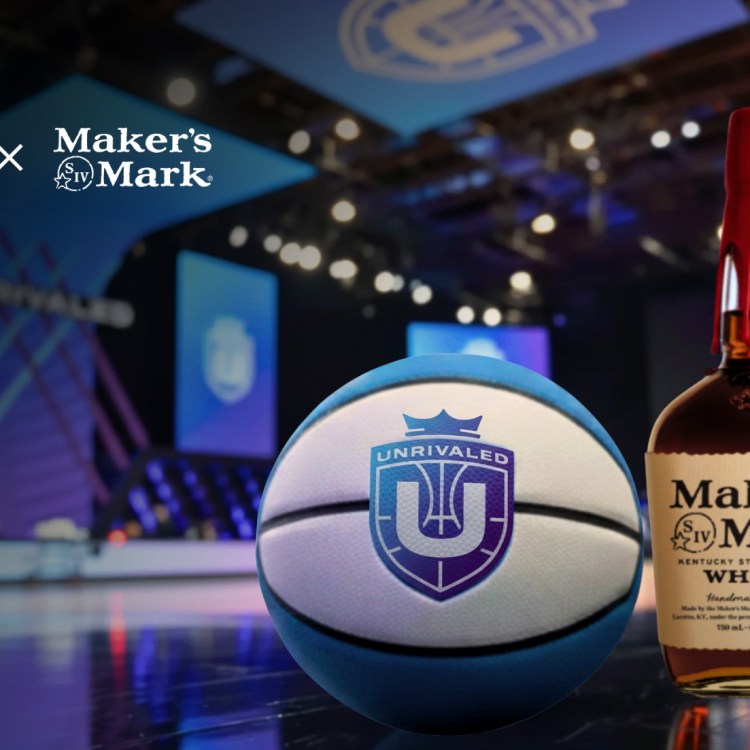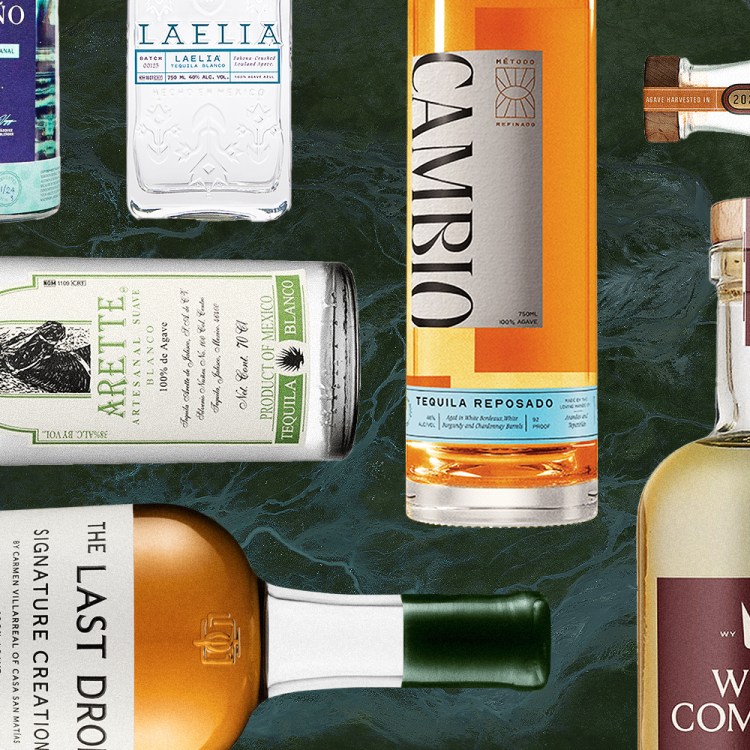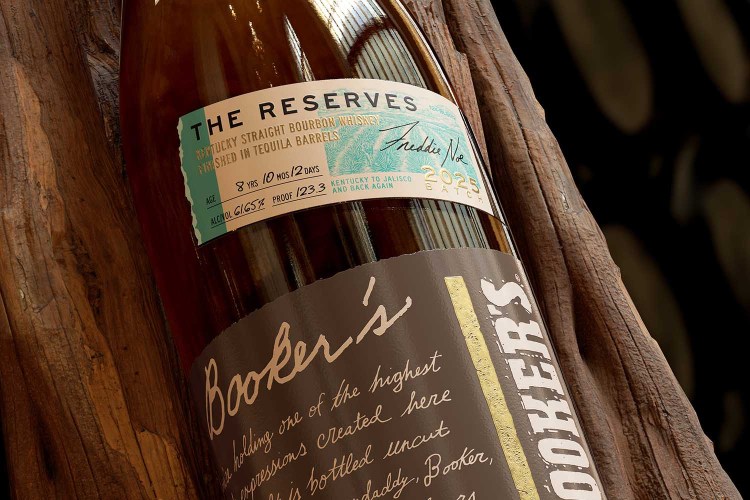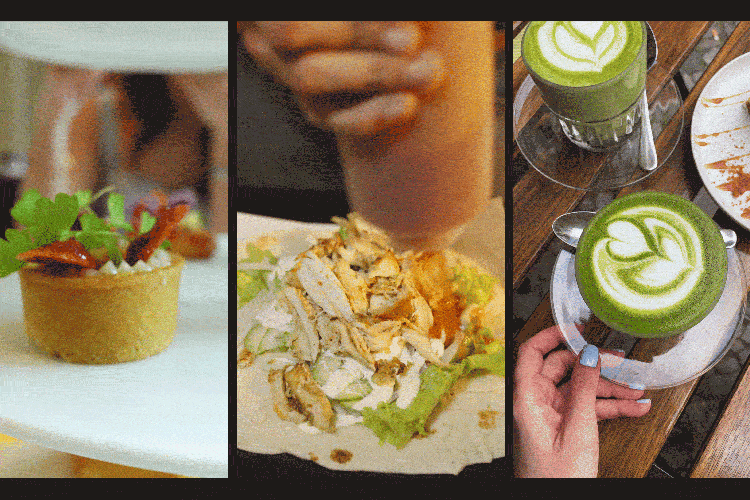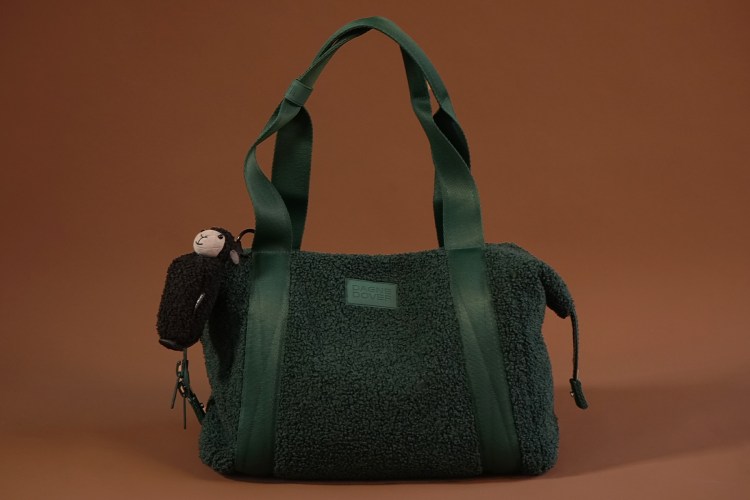After moving to Williamsburg, Brooklyn in January 2009, I went to my first Feast of the Giglio festival that summer. For 12 days in July, the neighborhood’s historically southern Italian community comes together to celebrate and pay homage to la Madonna Della Carmine. After my friend and I got our fill of sausage and peppers and zeppole, we wandered into the Our Lady of Mount Carmel church after seeing a sign for coffee. We ordered two espressos, and as I took a sip, I looked at the older Italian gentleman who served us and said, “Wait a minute, this is spiked!” He laughed and said, “Well that’s how we have our espresso here, with a little sambuca.”
That night started my love affair with caffè corretto, which translates to “corrected coffee.” A fun and cheeky term, yes, but like many beloved culinary traditions, caffè corretto was born out of necessity.
Italians love their espresso. You’ll see them crowded around coffee bars in the morning before work, downing a shot with haste before moving on with their day. This continues throughout the day, a little shot here and there when you need a pick-me-up. When I was in Rome last fall, I was chatting with a cab driver, telling him how I’d just had a double shot to prepare for a night of eating and drinking ahead. And he replied, “Oh I much prefer to have one shot at a time. Because that means you can enjoy another in a couple of hours.”
Although coffee was introduced to Italy in the 17th century, it wasn’t until the 1930s that it became an on-the-go beverage, thanks to the invention of the horizontal espresso machine. At the same time, Mussolini’s regime encouraged people to drink espresso throughout the day, saying it would drive hard work. But as the fascist government was hit with sanctions and tariffs, coffee prices rose, and it was difficult for poorer folks to afford it.
Much like how people in New Orleans used chicory to stretch their coffee during the Napoleonic Wars in the early 1800s, the Italians did the same in the 1930s. They used substitutes like orzo and chicory, but these often gave the coffee a more bitter flavor, which they then “corrected” with alcohol.
The Black Russian Is Poised for a Comeback
With the insane popularity of the Espresso Martini showing no signs of slowing, this simpler, two-ingredient cocktail is next in line for a revivalLike a lot of things in Italy, traditions are regional, meaning the spirit that goes into caffè corretto varies from place to place. That group of Williamsburg Italians who celebrate Feast of the Giglio are historically Nolani, or people from the town of Nola in Campania. Like many people in southern Italy, they use sambuca, an anise-flavored liqueur. In the north, grappa and other types of brandy are common. Some people in Emilia-Romagna even used to pour Lambrusco, the signature sparkling red wine of the region, into their espresso.
“My first caffè corretto was at Sciascia Caffè, a bar that opened in 1919 in Rome, where I’m from,” says Valentino Longo, co-owner of ViceVersa in Miami. “They serve it with a chilled Marsala.”
Yes, Marsala is from Sicily, but it became a tradition at Sciascia. And everyone has their opinion of what makes a caffè corretto perfect. “We recommend it with amari rather than sambuca or grappa,” Longo says. “A full-body amaro like Braulio or Chiot works very well.”
You likely won’t see caffè corretto listed on the after-dinner drinks menu at most restaurants. But if you’re like me, you might order a shot of espresso with sambuca on the side. Some spots might think you simply want a coffee and a digestivo, others will give you a knowing glance as you pour some of the liqueur into your coffee cup. As for the ratio of booze to coffee, Longo has some suggestions.
“I personally enjoy the resentìn [a word that means “to rinse” in northern Italy’s Veneto dialect] more than corretto,” he says. “Resentìn is a northern Italian version of the corretto where grappa is served at the end of the coffee. You have a little espresso left in the cup and wash it out with the grappa, so you get that last little bit of the coffee and the liqueur together. But if I’m in the mood for a proper caffè corretto, I’d do two ounces of espresso and half an ounce of grappa/amari/booze.”
This all got me wondering if other people are ordering the caffè corretto when dining out. “People don’t automatically order it, unless they are Italians, but we do a good job of selling it when someone is looking for a little something but not a full-on Espresso Martini situation,” Longo says.
I have a friend who does the same thing as me but with Grand Marnier, adding a bit of French flair to the Italian tradition. Who knows if the caffè corretto will actually catch on in earnest, but now you have a little something special to order next time you need a post-meal pick-me-up.
Every Thursday, our resident experts see to it that you’re up to date on the latest from the world of drinks. Trend reports, bottle reviews, cocktail recipes and more. Sign up for THE SPILL now.





